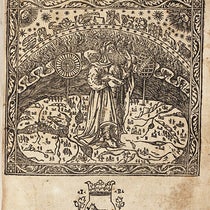Scientist of the Day - Thomas Monck Mason
On Nov. 7, 1836, Charles Green, Monck Mason, and a friend set off from London in a balloon, the Royal Vauxhall. When they came down, 18 hours later, they were in Weilburg, Germany and had travelled about 480 miles. Not only was this the longest balloon flight to date, it would hold that honor for yet another 70 years. Green was a professional balloonist, probably the best known aeronaut in all of 19th-century Britain, but Mason was a journalist, and he immediately set to work writing An Account of the late aeronautical expedition from London to Weilburg, which appeared, amazingly, that same year. This pamphlet is very scarce, but 18 months later Mason published a larger work, Aeronautica; or, Sketches illustrative of the theory and practice of aerostation, comprising an enlarged account of the late aerial expedition to Germany (1838), a work that we have in our History of Science Collection in 2 copies. This book has a number of handsome illustrations of the long-distance flight, including one of sunrise over Koblenz (second image above) and one of the balloon on the ground in Elbern (third image above). But the most striking image is a night view over Liege (first image above). Because these images are lithographs, we displayed this book in our 2013 exhibition on lithography, Crayon and Stone, but the exhibition is not yet available online.
The frontispiece shows the three aeronauts: Mason is the one at bottom right.
Dr. William B. Ashworth, Jr., Consultant for the History of Science, Linda Hall Library and Associate Professor, Department of History, University of Missouri-Kansas City

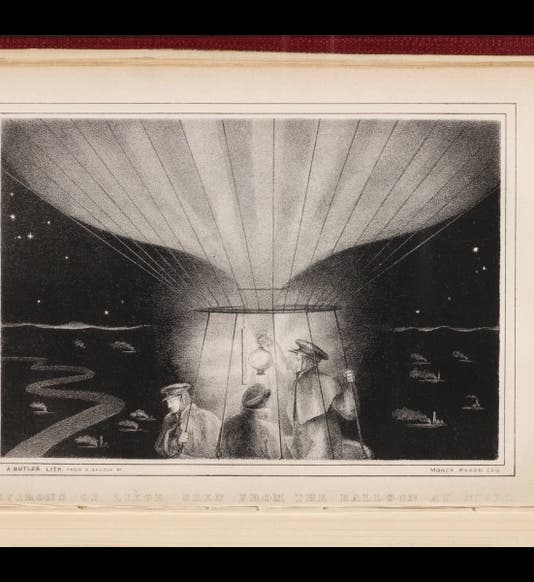
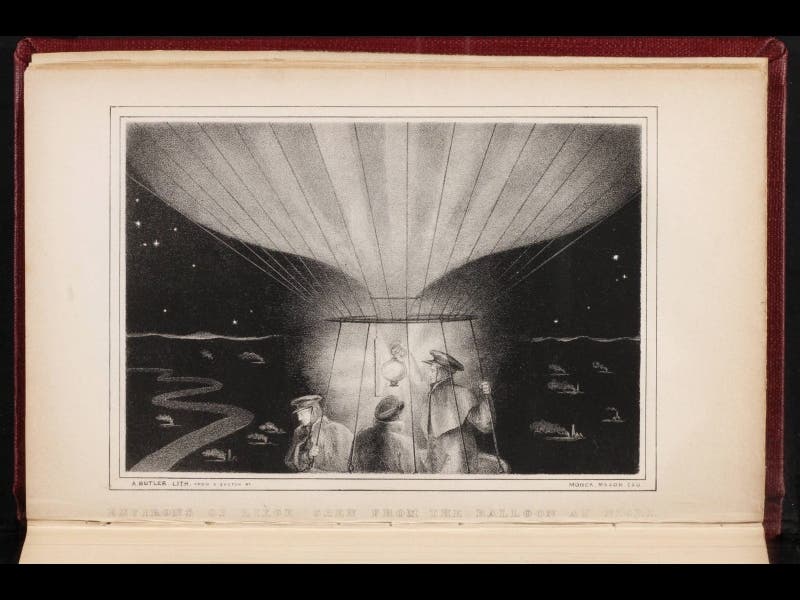
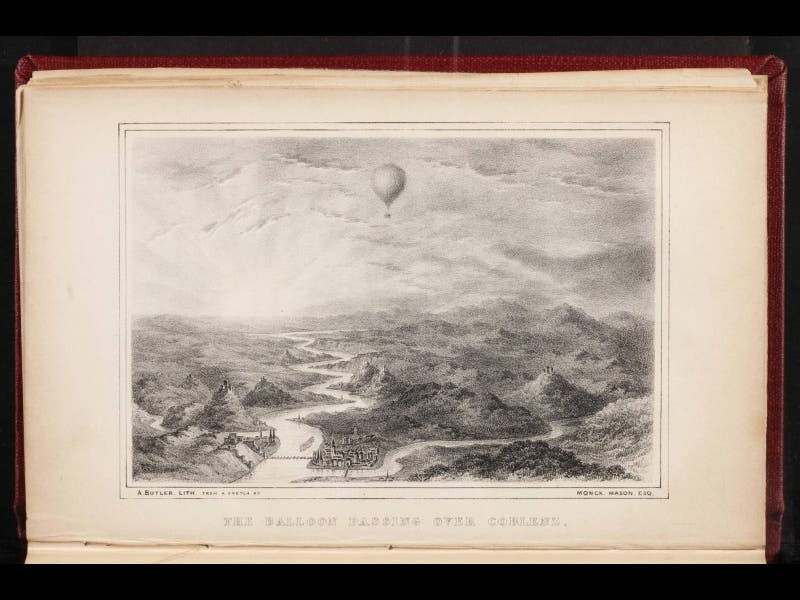
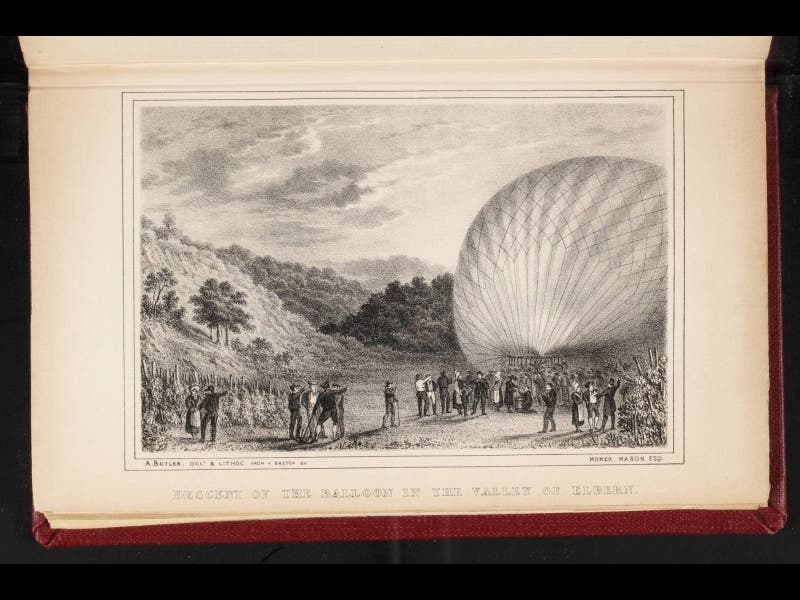



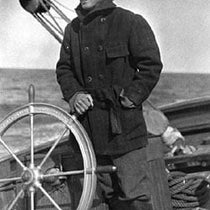
![Using an astrolabe to measure the depth of a well, woodcut in Elucidatio fabricae vsusq[ue] astrolabii, by Johannes Stöffler, 1513 (Linda Hall Library)](https://assets-us-01.kc-usercontent.com:443/9dd25524-761a-000d-d79f-86a5086d4774/a998eb50-55d2-4a88-ace2-a50aa5fa86e7/Stoffler%201.jpg?w=210&h=210&auto=format&fit=crop)
